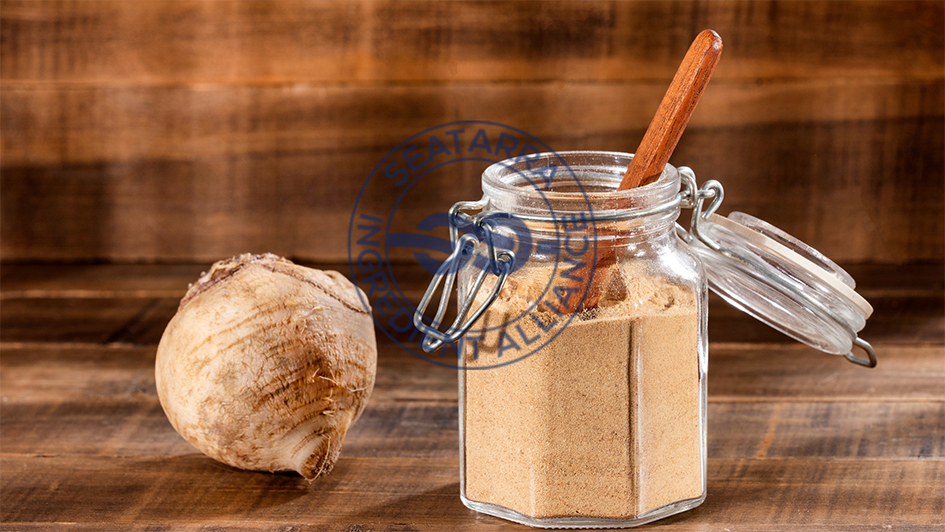
Reviving Roots: Ancient Herbs Making a Modern Comeback
In a world where modern medicine predominates in the treatment of countless ailments, there is a growing resurgence in the use of ancient herbs. These plants were once the backbone of therapy in various ancient cultures, from the shamans of South America to the apothecaries of Europe. Today, as we seek more holistic and natural healing options, these ancient herbs are making a significant comeback. Let’s delve into the fascinating world of these powerful plants, exploring their histories, uses, and modern applications.
1. Ashwagandha: The Stress Alleviator
Ashwagandha, a cornerstone of Ayurvedic medicine, has been used for over 3,000 years to relieve stress, increase energy levels, and improve concentration. Known scientifically as Withania somnifera, it is often referred to as “Indian ginseng” due to its restorative properties. Modern studies support its use as an adaptogen, a natural substance that helps the body adapt to stress and exert a normalizing effect upon bodily processes.
Clinical trials have shown that ashwagandha can reduce cortisol levels, the body’s stress hormone, and it can improve symptoms of anxiety and depression. Additionally, this herb supports the immune system, enhances sleep, and can improve overall endurance in both mental and physical performance.
2. Ginkgo Biloba: The Memory Enhancer
Ginkgo biloba, one of the oldest living tree species, is renowned for its ability to enhance brain health. Its leaves have been used in Chinese medicine for thousands of years to treat various ailments, particularly those related to brain function and blood circulation. Today, ginkgo is widely recognized for its potential to improve focus, memory, and cognitive speed.
Research suggests that ginkgo can improve blood flow to the brain and act as an antioxidant. These properties might help with age-related cognitive decline and conditions such as dementia. However, while some studies show promising results, others indicate that more research is needed to confirm these benefits definitively.
3. Maca: The Energy Booster
Maca root, grown primarily in the Andes of central Peru, has been cultivated as a vegetable crop for at least 3000 years. Used by the Incas as a form of currency, it has been touted for its ability to enhance stamina, energy, and sexual health. This adaptogenic herb contains several bioactive substances, including macamides and macaenes, which are believed to be directly responsible for its health benefits.
Maca is often studied for its potential effects on sexual function and mood. It’s believed to help increase libido and reduce symptoms of menopause. Additionally, maca can improve sports performance and energy. Today, it is available in powder form and can be added to smoothies, oatmeal, and sweets, offering a modern twist to traditional uses.
4. Holy Basil: The Inflammation Fighter
Holy basil, or Tulsi, has been revered in India for thousands of years, not only as a staple of Ayurvedic medicine but also for its spiritual significance. It is considered a sacred plant dedicated to the goddess Lakshmi. Holy basil is known for its potent anti-inflammatory, antioxidant, and antimicrobial properties.
Modern research supports the use of holy basil for reducing inflammation, fighting bacterial infections, and combating stress. Studies suggest it can help regulate blood sugar, support the immune system, and protect against infection and indigestion. In contemporary wellness circles, holy basil is often consumed as a tea or supplement, promoting a holistic approach to health.
5. Rhodiola Rosea: The Fatigue Fighter
Native to the cold regions of Europe and Asia, Rhodiola rosea has been used in traditional medicine in Russia and Scandinavian countries for centuries. Known as a powerful adaptogen, it helps the body resist physical, chemical, and environmental stress. Traditionally, it was employed by the Vikings to enhance physical strength and endurance.
Today, Rhodiola is commonly used for improving energy, stamina, strength, and mental capacity. Research shows that it can help reduce fatigue and improve symptoms of burnout, especially during stressful times. It is often used by athletes to aid recovery from strenuous workouts.
The Comeback of Ancient Herbs in Modern Times
The resurgence of these ancient herbs is supported by both an increase in scientific research affirming their benefits and a growing public interest in natural and holistic therapies. These plants offer a bridge between the past and the present, bringing ancient wisdom into contemporary health practices.
Incorporating these herbs into modern lifestyles can be simple:
- Ashwagandha can be taken in capsule form or as a powder mixed into beverages.
- Ginkgo biloba is widely available in tablets, capsules, and teas.
- Maca powder can be added to smoothies or baked goods for an energizing boost.
- Holy basil leaves can be brewed to make a soothing tea.
- Rhodiola can be consumed in supplement form or as a tea.
Conclusion
As we continue to explore the benefits of these ancient herbs, it’s essential to approach them with the same caution as any other therapeutic measure. Consulting with healthcare providers, understanding proper dosages, and considering individual health conditions are crucial steps in safely integrating these herbs into one’s health regimen.
The modern comeback of ancient herbs is not just a trend but a shift towards integrating more holistic and preventative approaches to health and wellness. By embracing these age-old remedies, we not only honor our ancestors’ wisdom but also gain access to natural solutions that can help us manage the stresses of modern life. This blend of ancient knowledge with contemporary science offers promising possibilities for enhancing health naturally.



